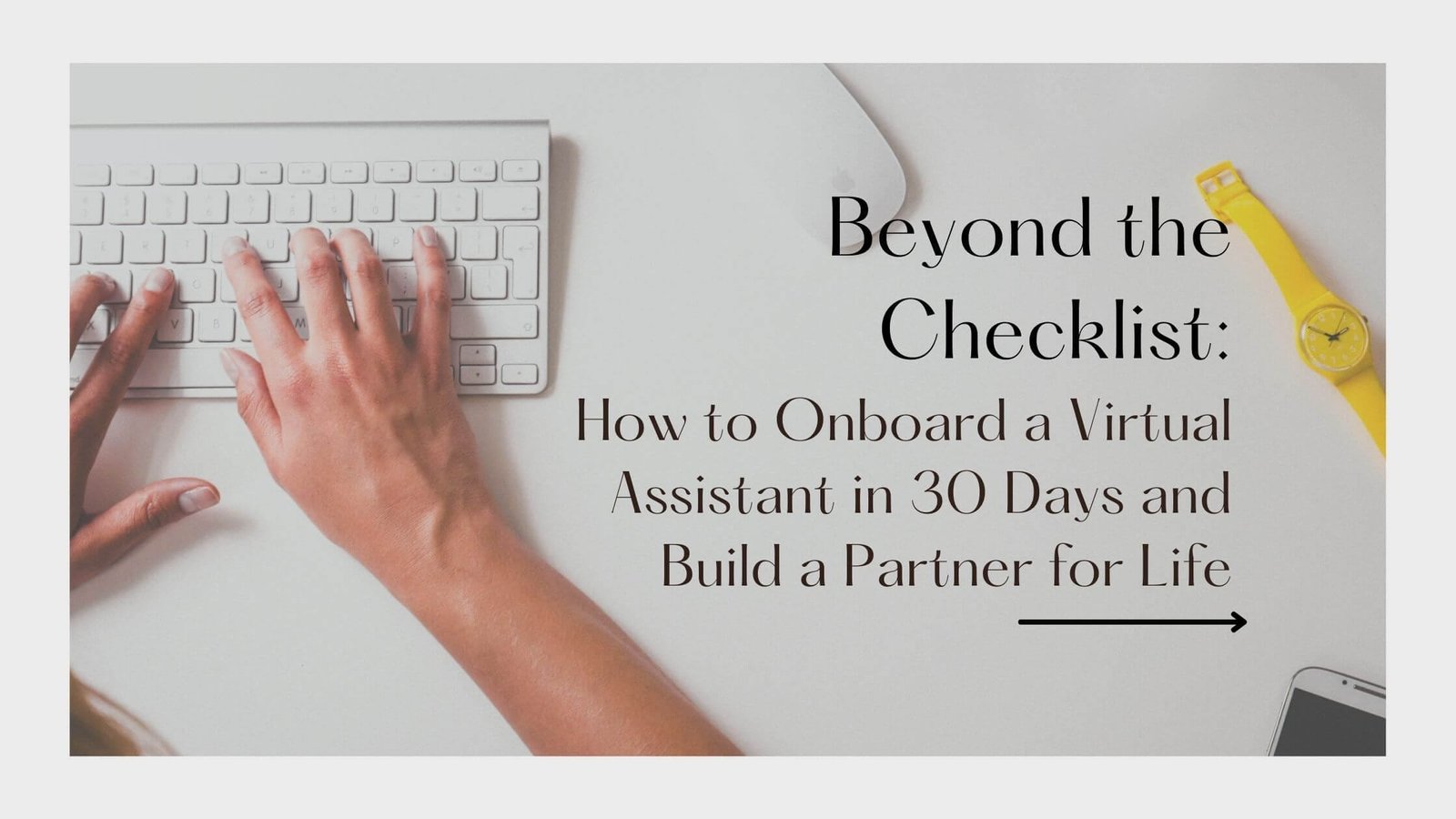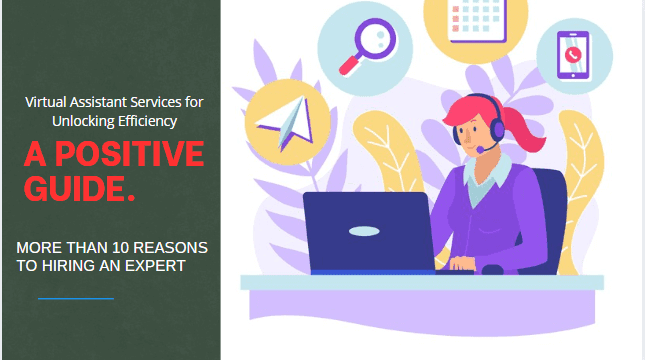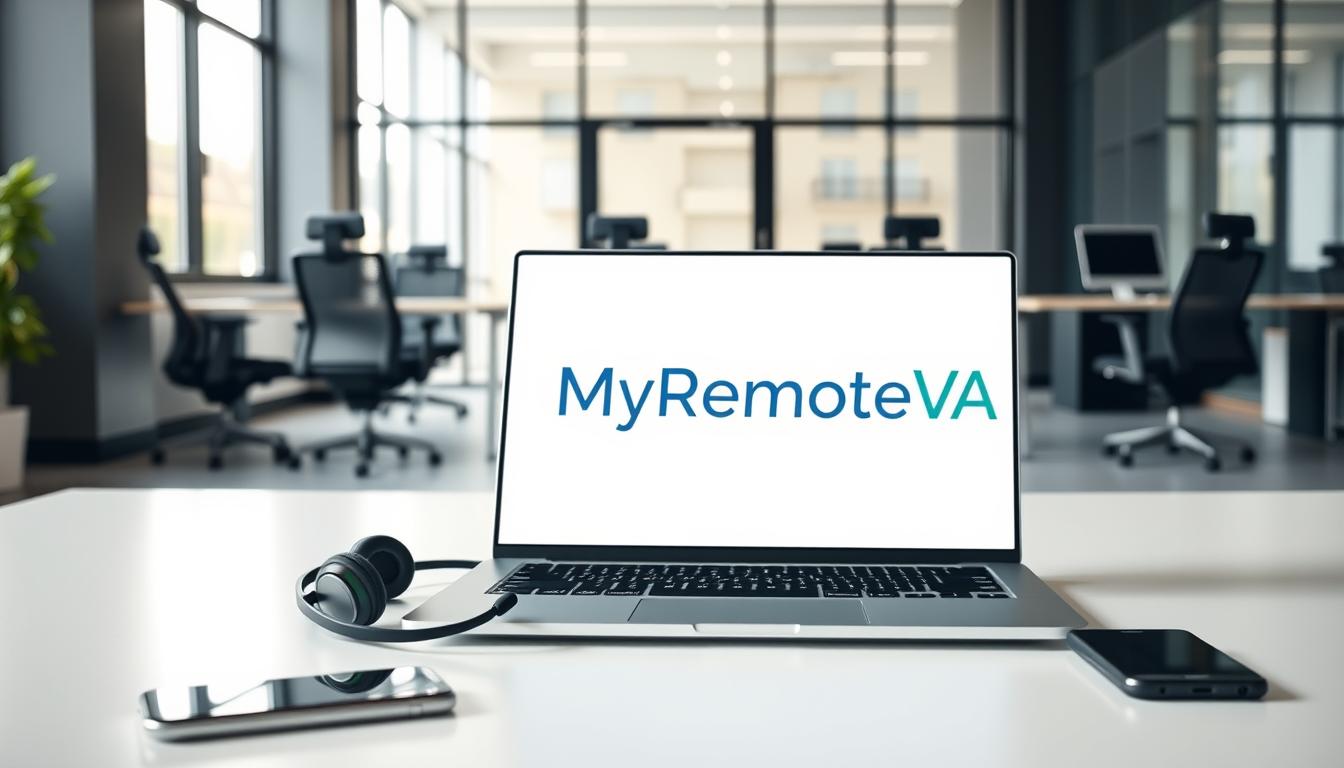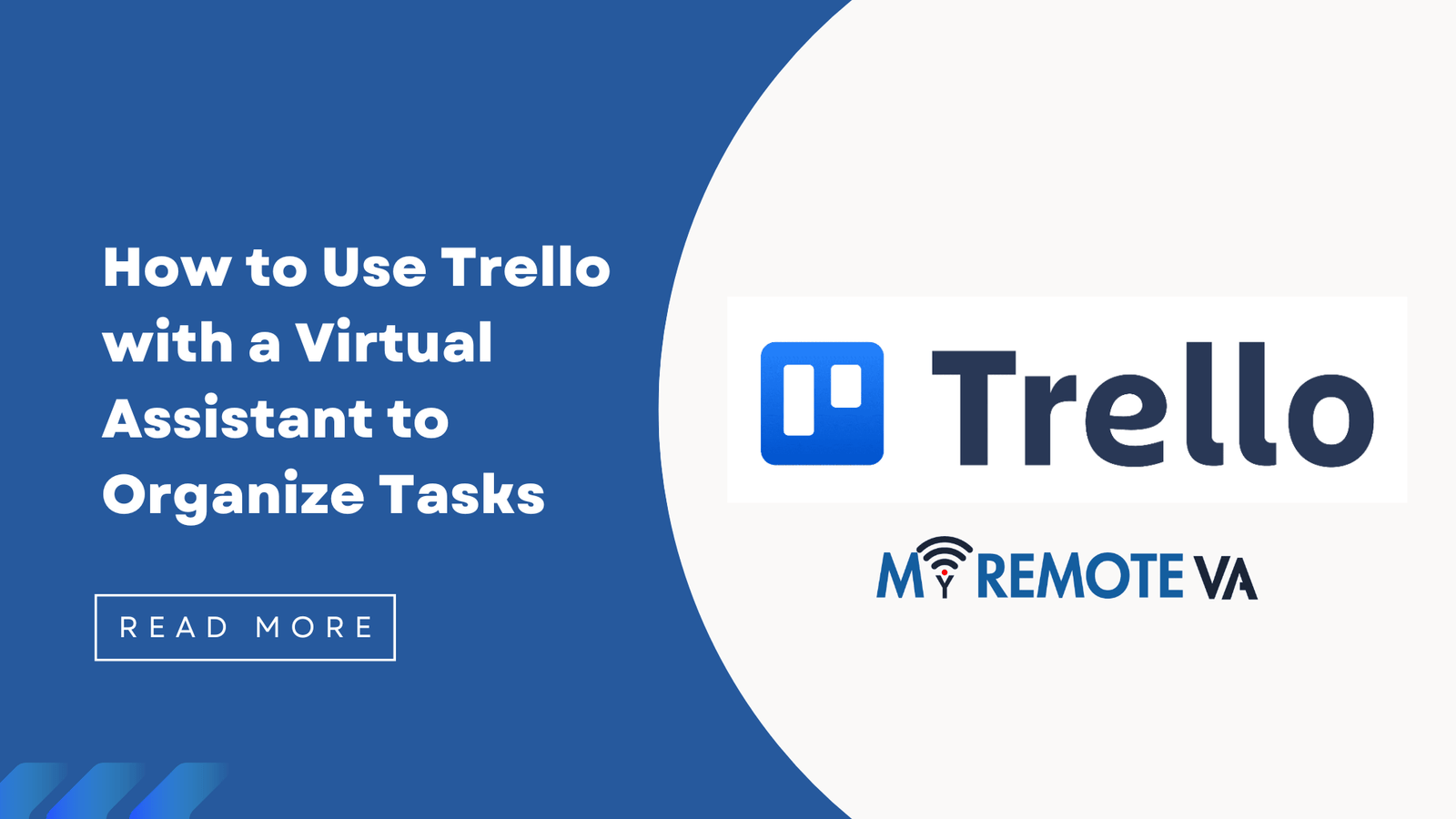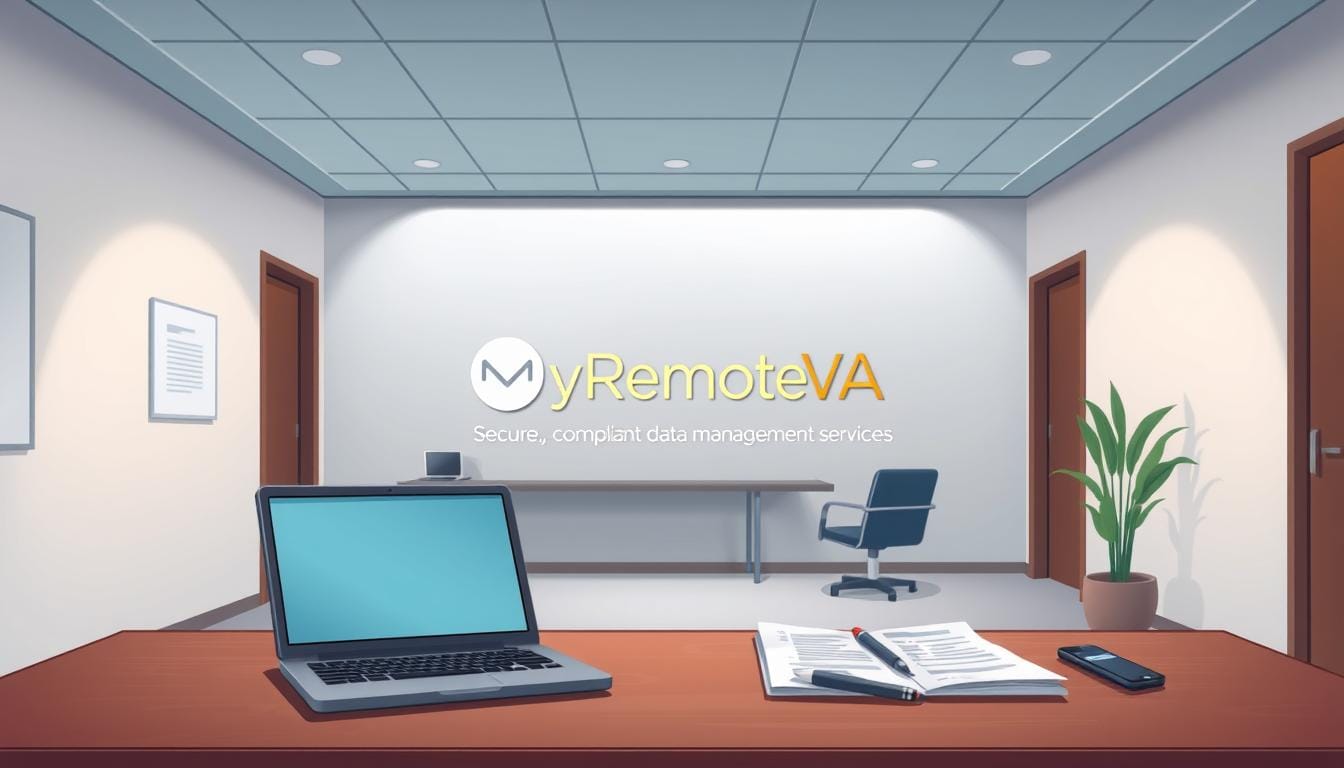So you did it. You found the perfect person to take some of that never-ending to-do list off your plate. That feeling of relief is pretty incredible, isn’t it? You can practically see your calendar magically clearing up and your inbox going from a chaotic mess to a manageable stream. But hold on a second. Now comes the part that can make or break this new partnership: actually bringing them on board. The last thing you want is for your new virtual assistant to feel lost, overwhelmed, or confused right out of the gate. The way you onboard a virtual assistant sets the entire tone for your relationship and dictates how successful you’ll both be.
Trust me, I’ve seen it happen. I once hired a fantastic VA who was so eager to jump in. I was so excited that I just sent her a massive list of tasks with a few logins and said, “Go for it!” Big mistake. I got vague questions back, things were done slightly wrong, and the whole process felt clunky and frustrating for both of us. It was a classic “throw them in the deep end and hope they swim” scenario, and it was totally my fault. The truth is, a new VA isn’t just a resource; they’re a person who needs a map, not just a destination. The way you onboard a virtual assistant sets the entire tone for your relationship and dictates how successful you’ll both be.
So let’s ditch the formal corporate speak and get real about how to do this right. This isn’t just a checklist of things to do; it’s a strategy for building a human-powered, well-oiled machine that will give you your time back. We’ll walk through exactly what you need to do before they even start, what to focus on in those critical first few weeks, and how to turn them into a true partner in your business.
The Prep Work: Setting the Stage for Success
You wouldn’t invite someone over for dinner and then tell them to find a chair in the attic, would you? Of course not. The same logic applies to your new VA. Their first impression of you and your business starts with the tools and information you provide. The more organized you are from the get-go, the more professional and trustworthy you appear. This is your chance to show them you’re a great leader to work for.

Before They Start, Have These Ready
- The Master Operating Manual: This is your secret weapon. Before they even log in, you need to have your Standard Operating Procedures (SOPs) ready. Think of it as a playbook for every task they’ll be doing. How do you want that social media post scheduled? What’s the exact process for responding to a customer inquiry? Don’t just write it down; use screenshots and Loom videos to make it crystal clear. This is the single best investment you can make in your new partnership.
- A Central Hub: You need one place where everything lives. That could be a dedicated folder in Google Drive, a Trello board, or a project management tool like Asana. The key is to have a single source of truth for all documents, links, and ongoing projects. This prevents the dreaded “where is that file?” email chain and keeps everyone on the same page.
- Clear Communication Rules: How do you want to talk? Do you prefer quick questions on Slack, formal updates via email, or a weekly video call to check in? Lay out your expectations for communication, including your working hours and when they can expect to hear back from you. This is especially important if you’re in different time zones.
- A Secure Login Sheet: The last thing you want is a frantic text message from your new VA on day one because they can’t log in. Create a secure, encrypted document with all the necessary passwords, login details, and any two-factor authentication instructions they’ll need.
Doing this prep work shows that you’re a professional and that you value their time. It also gives them a sense of calm and clarity from the moment they start, which helps them feel like a confident part of the team, not just a random person doing tasks. For more great tips on effective collaboration with a remote team, you might want to check out our post on how to manage a remote team.

The First Few Days: It’s All About Connection and Context
Your new virtual assistant isn’t a robot designed to execute tasks. They’re a person. They have goals, dreams, and a need to feel connected and valued. The first few days are about building a human relationship, not just a professional one. You’re setting the stage for a long-term, successful partnership.
Your Onboarding Playbook: A Step-by-Step Approach
Just like a baby learning to walk, your VA needs to crawl before they can run. Don’t throw everything at them at once. A well-structured onboarding plan provides a clear roadmap and helps them build confidence incrementally. Here’s a simple structure I’ve used that works wonders:
Week 1: The “Getting to Know You” Phase
The main goal here is to help them understand the “why” behind their work. Before you give them a single task, do this:
- The Welcome Call: Start with a video call to officially welcome them. Talk about your business, your mission, and your vision. Explain how their role fits into the big picture. When they understand the purpose behind what they’re doing, they’ll be more engaged and proactive.
- The Tour: Walk them through your central hub. Show them where everything is, from the SOPs to the project boards. Answer their questions and make sure they feel comfortable navigating the digital space you’ve created for them.
- The First Small Win: Give them a simple, low-stakes task to complete. Something like organizing a specific folder or putting together a list of contacts. This allows them to get a quick win and build confidence without the pressure of a major project.
I can’t stress this enough: this personal touch is everything. I once hired a fantastic writer who told me she was so used to getting a “here’s your assignment” email on her first day. She was so relieved when I scheduled a video call just to chat and talk about my company’s story. It set a completely different, more collaborative tone from the start.

The First Month: Building Momentum
Once they’re comfortable, it’s time to put those SOPs into practice. The goal is to start delegating routine tasks and establishing a consistent rhythm. During this time, make sure you:
- Introduce Tasks Gradually: Instead of dropping a massive task list, give them one type of task at a time. Let them master inbox management before you add in social media scheduling. This prevents overwhelm and allows them to focus.
- Schedule Regular Check-ins: A quick 15-minute call once or twice a week is a non-negotiable. This is your chance to discuss progress, answer questions, and clear any roadblocks. It’s also a great way to build a real rapport.
- Welcome Questions and Feedback: Make it clear that there’s no such thing as a “stupid question.” Encourage them to ask for clarification, and even better, ask for their feedback on your processes. They might see a more efficient way of doing something that you’ve completely missed. Speaking of efficiency, you can read our blog post on how to manage your remote admin assistant successfully.
The First 90 Days and Beyond: From Assistant to Partner
By now, your VA should be a fully integrated part of your team. The goal for this phase is to transition from delegating tasks to delegating entire functions. For example, instead of asking them to “schedule these five meetings,” you might say, “Please take over all scheduling for my calendar for the next quarter.”
- Hand Over the Reins: Once they’ve proven their competence, give them ownership of certain tasks and projects. Empower them to make decisions and take the lead on specific areas. This builds massive trust and shows them you see their value beyond simple task execution.
- Discuss the Future: Talk to them about their long-term goals. Do they want to learn new skills? Take on more complex projects? Showing an interest in their career development fosters loyalty and a desire to stick around for the long haul.
- Refine Your System Together: Your SOPs and processes aren’t set in stone. As your VA gets more experience, they might find more efficient ways of doing things. Encourage them to help you improve your systems and make them better for everyone.
Frequently Asked Questions
How long should it take to onboard a new virtual assistant?
A good onboarding process isn’t a race; it’s a marathon. While the initial setup and basic training might take a week or two, a truly effective onboarding plan should span 30, 60, or even 90 days. This allows your new VA to get comfortable, learn the ropes without feeling rushed, and build a strong foundation for a long-term working relationship.
What’s the main difference between an onboarding checklist and an SOP?
An onboarding checklist is a simple to-do list for your new hire, covering things like “get login details” or “have a welcome call.” An SOP (Standard Operating Procedure) is the nitty-gritty. It’s the detailed, step-by-step guide that explains exactly how a specific task should be done, like “how to upload a new blog post to WordPress” or “the specific steps for formatting a weekly newsletter.”
How can I make sure my expectations are clear from the start?
Clarity is your best friend. Before they even start, have a detailed job description that lays out their responsibilities. During their first week, have a call to discuss communication preferences, working hours, and how you will measure their success. And, of course, provide them with those detailed SOPs so they never have to guess what you want.
Do I need to have regular meetings with my new VA?
Yes, yes, and yes. Regular meetings are crucial. A short 15-minute call a few times a week or a longer one once a week can do wonders. It’s your chance to answer their questions, provide feedback, and build a real connection. It’s a lot easier to fix a small problem on a quick call than it is to let it spiral into a big mess over email.
What if my VA is struggling with a task? What should I do?
Don’t get frustrated. Instead, get curious. Ask them what the issue is. Is it a lack of clear instructions, a technical problem, or a misunderstanding of the goal? Use it as a learning opportunity. Jump on a quick call to walk through the task together, create a more detailed video tutorial, or simply re-explain the process in a different way. Patience and support are the keys to helping them feel confident and successful.

